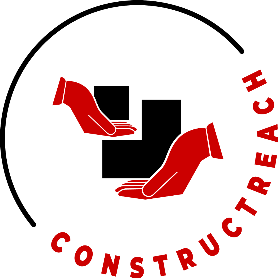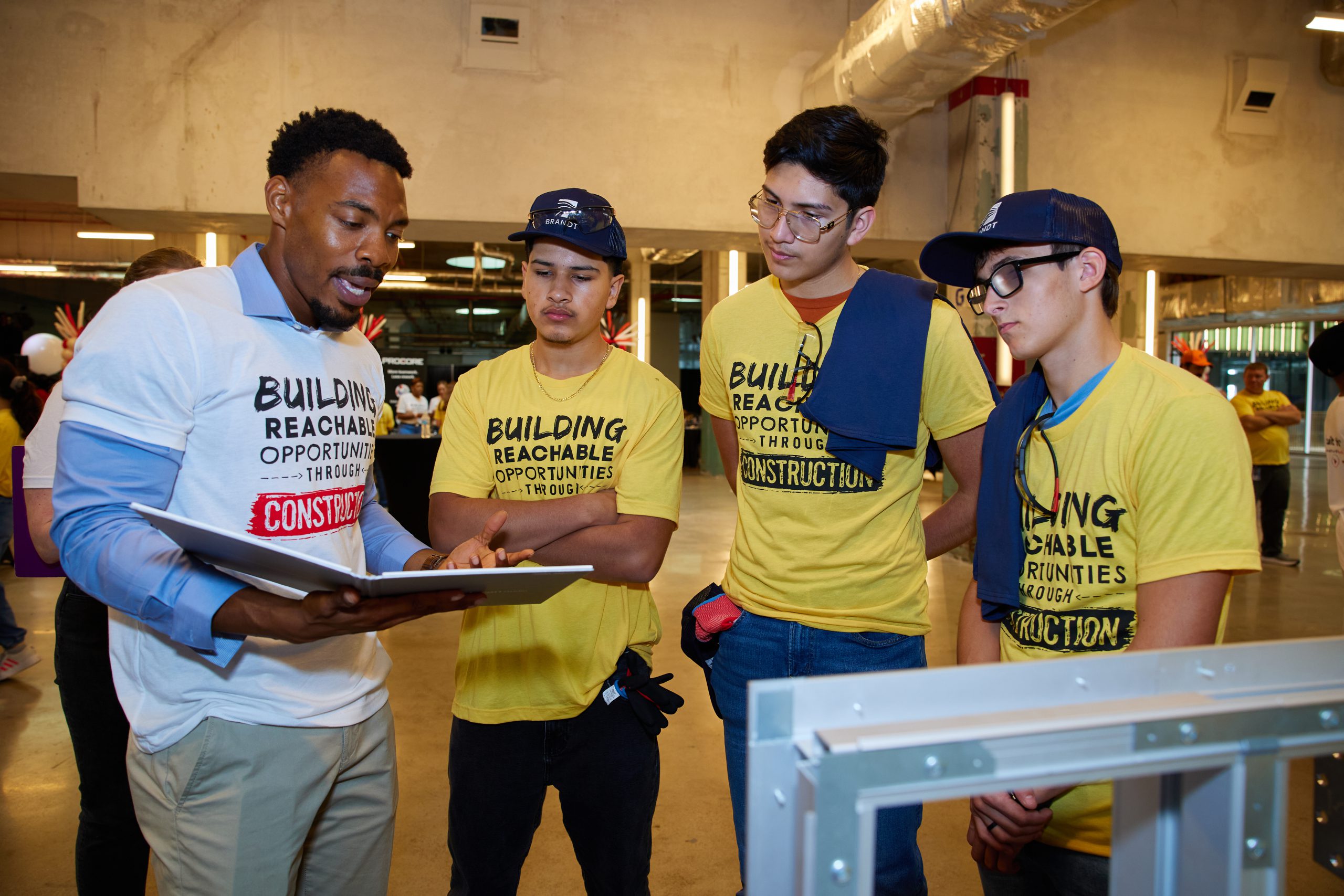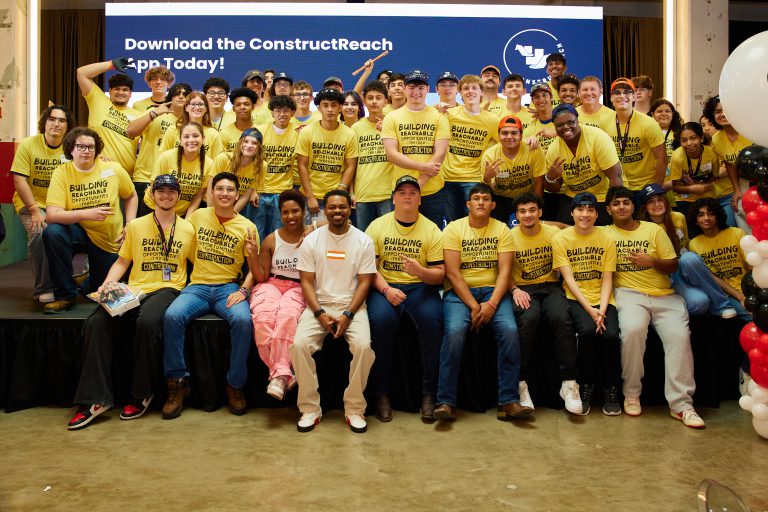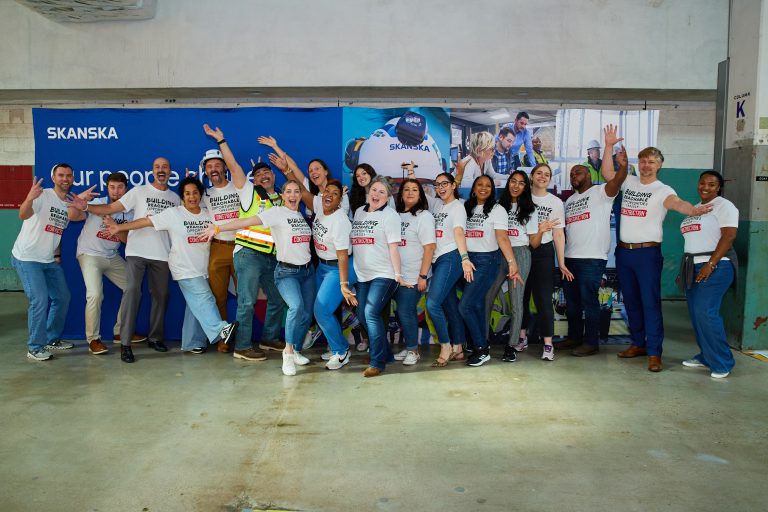Considering how complex and people-centric both the construction and manufacturing industries are, training must encompass more than onboarding new employees. It’s a long-term investment in people, culture, and performance. Consistent, high-quality training across all levels within an organization is critical for building a workforce that feels supported, valued, and poised for growth. Too often, second-shift workers receive the lion’s share of resources simply because their hours align with their office-worker counterparts (consultants and trainers). It’s the first- and third-shift workers who are left without the same attention and focus on development.
For organizations committed to creating a truly inclusive culture, reducing turnover, and building sustainable career paths, creating a consistent training program should be a top priority for leadership. Below are a few considerations as you evaluate your current workforce development and training programs:
Realize Organizational Success Through Consistency
When training is consistent, it augments company culture and sends a powerful message to employees at all levels: you are valued, no matter which shift or role you perform. This atmosphere of fairness helps bolster and boost morale, improves retention among skilled employees who can be hard to replace, and increases confidence among workers at every level of the organization.
When training quality or content varies from one shift to another, employees can feel undervalued or left behind, which can lead to disengagement, high turnover, and costly mistakes on the job. By making training consistent–and accessible to all shift workers– organizations build trust, which is the foundation of a strong, high-performance culture.
Make Career Development Possible Across All Shifts
Career development opportunities shouldn’t be reserved only for daytime workers. Many construction and manufacturing sites rely on round-the-clock operations; first and third shifts are just as essential to success and profitability. Yet these employees often miss out on skill-building opportunities, exposure to mentors, and leadership programs that keep them engaged and help them advance.
Organizations must intentionally schedule training opportunities across all shifts and consider incentivizing employees to encourage participation. Providing flexibility, offering pay incentives, or bringing in trainers during off-hours can help level the playing field and ensure that everyone is supported.
Train the Trainer: A Critical Component of Success
Organizations must equip their trainers to deliver curricula with consistency. Trainers must have the knowledge, skills, and expertise to guide employees effectively. The “train the trainer” approach gives those responsible for workforce development the confidence and clarity they need to teach others, replicate processes, and promote company culture throughout the entire workforce.
Well-trained trainers create repeatable, reliable learning experiences that are consistent across all shifts and teams. This effort protects quality, improves safety, and builds a culture of knowledge-sharing that creates synergy.
Create an Equitable Training Experience
To create consistent and equitable training environments, we must look beyond the 9-to-5 schedule. If outside consultants or in-house trainers only work during the second shift, then organizations need to build a plan to serve other shifts with the same resources. Consider encouraging and incentivizing trainers to rotate through shifts, or record training modules that can be accessed on-demand. This approach demonstrates fairness and encourages employees to invest in their own growth and development.
Tips for Creating a Culture of Training That’s Easy to Replicate
- Standardize training content so it’s the same across all shifts
- Provide clear, repeatable processes that trainers can easily deliver
- Rotate trainers throughout all shifts to build trust and visibility
- Record training modules for on-demand use
- Offer incentives for early- and late-shift employees to complete training
- Schedule regular “train the trainer” programs to keep trainers sharp and consistent
- Collect feedback from every shift to measure perceptions of fairness and engagement
Steady, well-designed training strengthens more than skill sets—it strengthens your entire organization. When every worker, regardless of their shift, feels seen and supported, they’re more engaged, focused on safety, and ready to grow.
Investing in “train the trainer” programs, providing incentives for underserved shifts, and creating standardized processes will help construction and manufacturing companies build a truly a high-performing culture that supports growth at every level.
At ConstructReach, we believe this is how the future of construction gets built in a way that sets up every person to succeed. For more information about how to structure your workforce development programs, please reach out to Ebony Robinson here.






